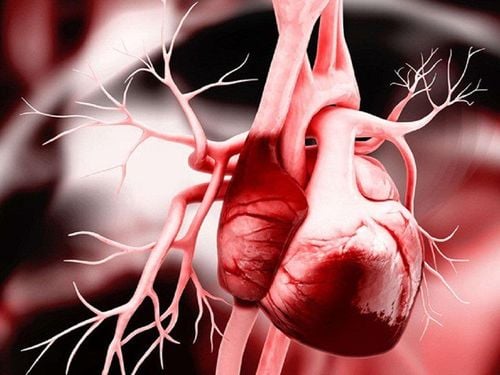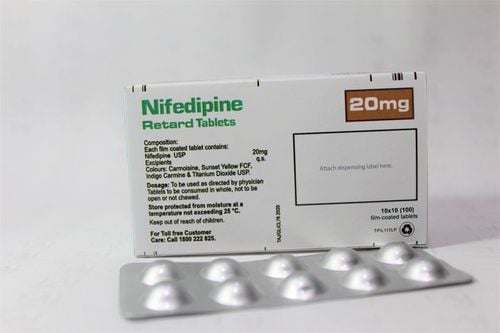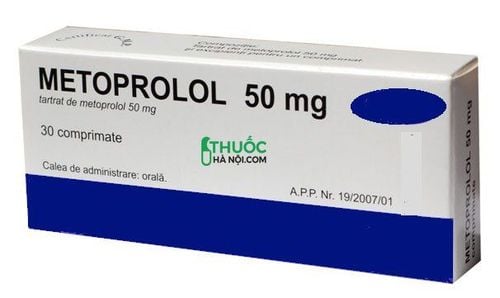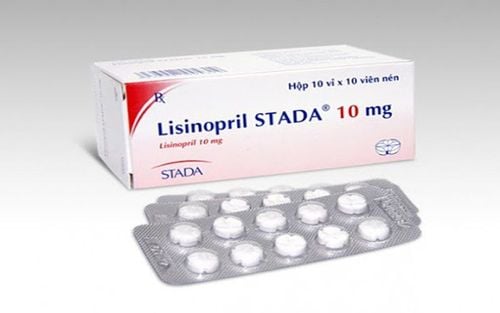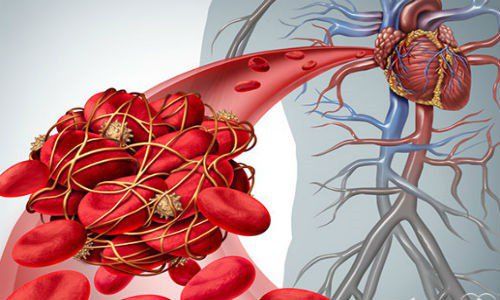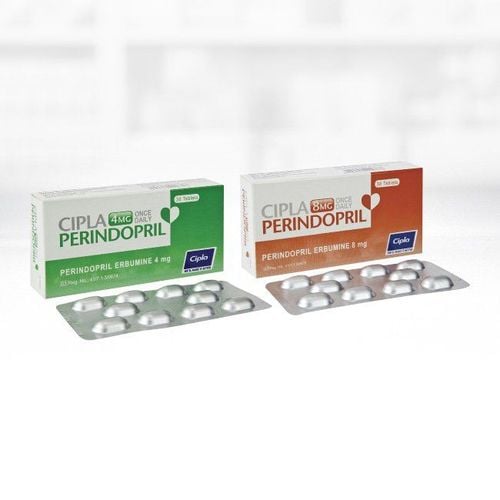This is an automatically translated article.
The article was professionally consulted by Doctor General Internal Medicine - Department of Medical Examination & Internal Medicine - Vinmec Hai Phong International General Hospital.
According to the Vietnam Society of Cardiology, the coronary artery is the blood vessel system that has the function of nourishing the heart. Every heart has two coronary arteries, the right coronary artery and the left coronary artery. They arise from the base of the aorta, through the sinuses of Valsalva, and run over the surface of the heart.
1. What is coronary artery? Coronary artery function
The left coronary artery runs a short distance (about 1-3cm) and then divides into two large branches, the anterior interventricular artery and the circumflex artery. Thus, the system consists of three large branches that are responsible for nourishing the heart: the anterior interventricular artery, the circumflex artery, and the right coronary artery. These three large branches will give rise to many smaller branches whose main job is to carry oxygen-rich blood from the aorta to nourish all the structures inside the heart.
In people with coronary artery disease, the lumen of the coronary arteries is narrowed due to the formation of plaque on the vessel walls, reducing blood flow to the heart muscle. At this time, the heart muscle does not receive enough oxygen and the patient develops symptoms of angina. Another name for this disease is coronary heart disease, and the common name is ischemic heart disease or heart disease.
2. Symptoms of coronary heart disease
Pain and discomfort in the chest, back, neck, arms and abdomen when exercising. Short of breath while exercising. Shortness of breath, vomiting, heartburn or belching. Sweating, chills. Fast or irregular heartbeat. Dizzy, dizzy. If experiencing the above symptoms and they do not go away after 10 minutes, the patient or family member should immediately call an ambulance, do not let the patient go to the hospital alone.
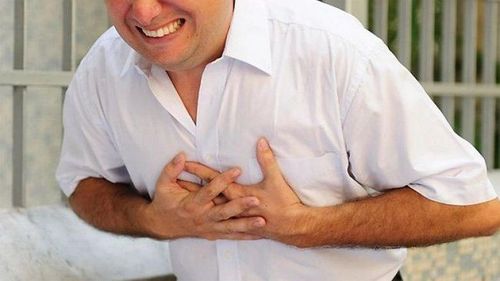
3. Common diseases of coronary arteries
Coronary heart disease causes chronic angina attacks or chronic complications such as heart failure, arrhythmia. Common diseases are:
Angina : There are two common types: stable angina and unstable angina. Either way, the patient is also prone to fatigue, shortness of breath when playing sports, walking briskly, carrying heavy objects, climbing stairs or even when eating. In particular, unstable angina also increases the risk of myocardial infarction in patients with mild coronary artery stenosis. Heart failure: Usually occurs immediately after myocardial infarction due to myocardial necrosis or as a result of prolonged myocardial ischemia. Symptoms of heart failure include frequent coughing, shortness of breath, and fatigue. Arrhythmia: A dangerous complication of coronary heart disease. It causes the heart to beat too slow, too fast, or chaotically. Even the patient may face the risk of sudden cardiac arrest, which is life-threatening.
4. How to prevent and treat coronary artery disease?
To minimize the possible complications when having coronary heart disease, you should refer to the following preventive and early treatment measures for this disease right away:
How to prevent coronary heart disease Change your lifestyle life to limit the risk of coronary heart disease as well as dangerous complications such as heart failure, myocardial infarction. Advice is:
Stop smoking and avoid secondhand smoke, say no to alcohol. Stay away from fast foods, foods high in fat, salt and sugar. Eat more vegetables and fruits and foods high in fiber such as whole grains, nuts, legumes, fruits, green vegetables, etc. Lose weight if you are overweight. Spend more time walking and being physically active. However, people with cardiovascular disease need to discuss with their doctor carefully to choose the right form of exercise and intensity for their health status. Timely check and treat diseases related to coronary heart disease such as diabetes, overweight, obesity, hypertension, dyslipidemia,... Build a positive, happy, and healthy lifestyle. Relax, avoid excessive stress, work in moderation,... Treatment methods for common coronary artery disease Drugs
There are many drugs prescribed by doctors for people with coronary heart disease to reduce the risk of infarction. myocardial infarction, helping patients live longer. And what the patient needs to do is to strictly follow the doctor's instructions in the treatment of the disease. Medications prescribed by doctors usually include:
Statins that lower blood cholesterol levels. Drugs that lower blood pressure. Aspirin or other medicines that help prevent blood clots from forming in the blood vessels. Diabetes medication. Pain reliever for patients with angina. Other treatment procedures
Place a catheter (stent) into an artery to help blood flow well. Heart bypass surgery allows blood to flow around the blocked site and supply blood to the part of the heart muscle that is not receiving blood.
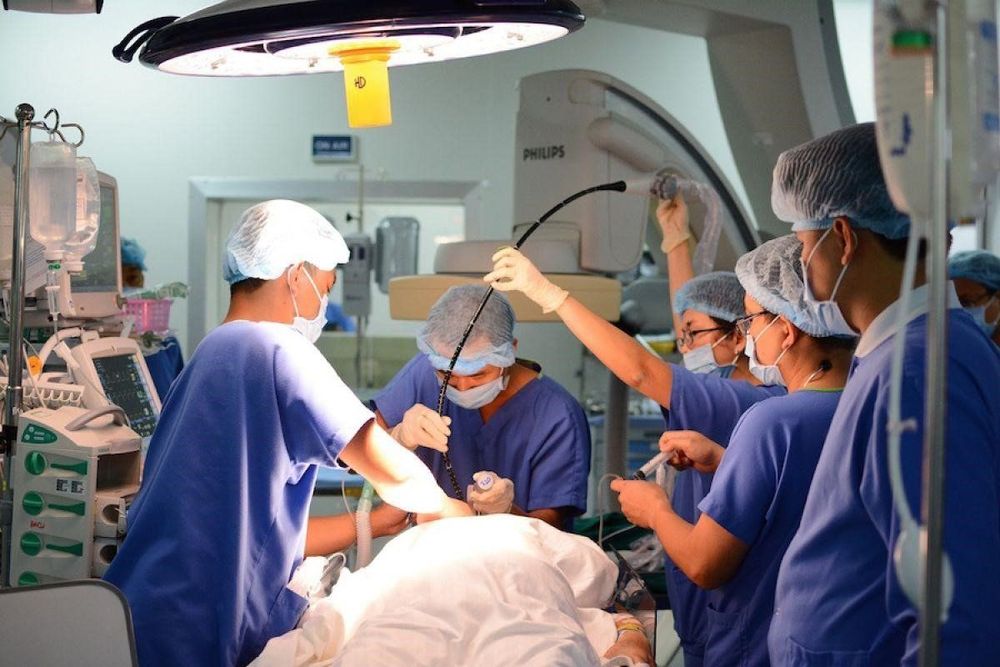
Vinmec currently has a team of medical-physicians who are leading cardiologists, always dedicated and devoted to patients, with high professional qualifications, with 90% having university degrees and 20% having university degrees. Professor, Assoc., 30% are doctorates, will bring accurate diagnosis in medical examination and treatment.
Comprehensive, professional medical examination, consultation and treatment service, with appointment booking to help you be more proactive in checking the health of yourself and your family. The system of modern testing equipment, appraised from abroad, gives very high accuracy results, supporting effective diagnosis and treatment. The medical examination and treatment space at Vinmec is modern, civilized, luxurious and ensures maximum sterilization.
Please dial HOTLINE for more information or register for an appointment HERE. Download MyVinmec app to make appointments faster and to manage your bookings easily.




